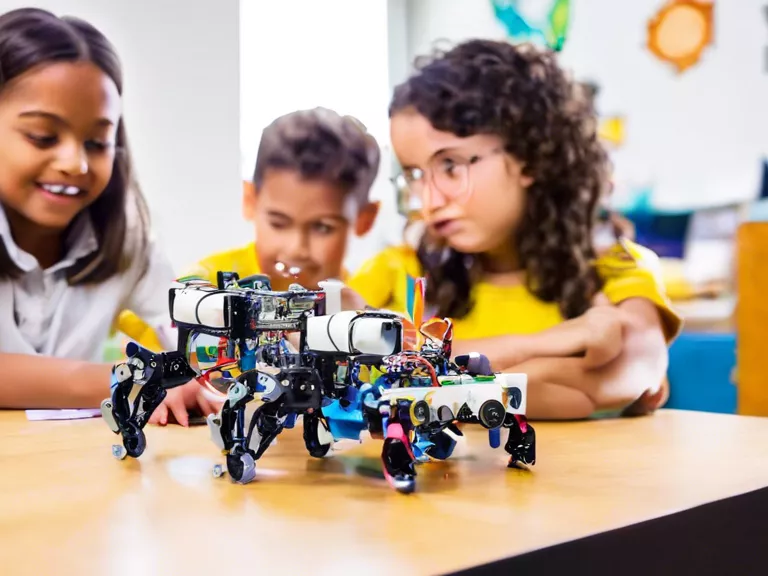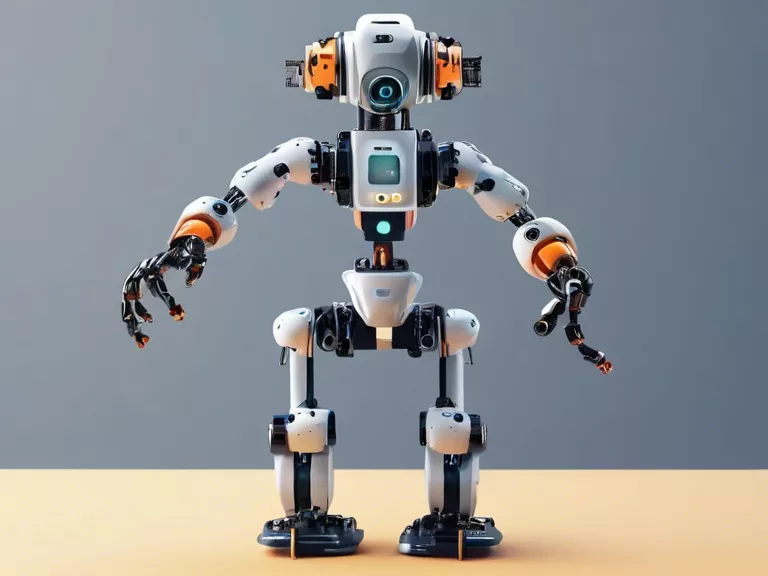
Robotics is an engaging and effective way to teach STEM concepts to kids. By incorporating robotics into education, students can learn valuable skills such as coding, engineering, and problem-solving. In this article, we will explore how to use robotics in education to teach STEM concepts to kids.
One of the main benefits of using robotics in education is that it makes learning fun and interactive. Kids are naturally drawn to robots and enjoy building and programming them. By working with robotics kits, students can develop important skills like critical thinking, creativity, and collaboration.
To start using robotics in education, educators can introduce students to basic concepts of robotics and coding through hands-on activities. For example, students can build simple robots using kits like LEGO Mindstorms or Vex Robotics. These kits come with instructions and software that allow kids to program their robots to complete various tasks.
Once students are familiar with the basics of robotics, educators can challenge them to solve more complex problems. For instance, students can design robots to navigate obstacle courses, sort objects, or even compete in robot competitions. These activities help students apply their knowledge of STEM concepts in a practical and engaging way.
In addition to teaching technical skills, robotics can also help students develop important soft skills such as critical thinking, communication, and perseverance. By working on robotics projects, students learn to collaborate with their peers, troubleshoot problems, and think creatively to overcome challenges.
In conclusion, robotics is a valuable tool for teaching STEM concepts to kids. By incorporating robotics into education, students can develop important technical and soft skills that will prepare them for future career opportunities. Educators can use robotics kits and activities to make learning fun and interactive, while also promoting collaboration and creativity among students.


